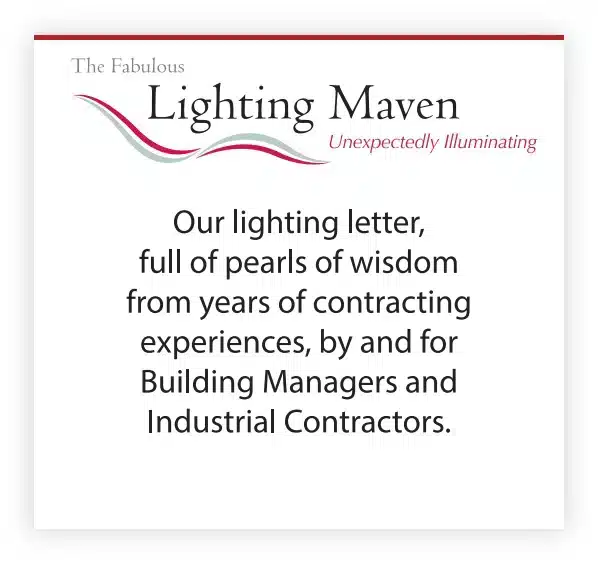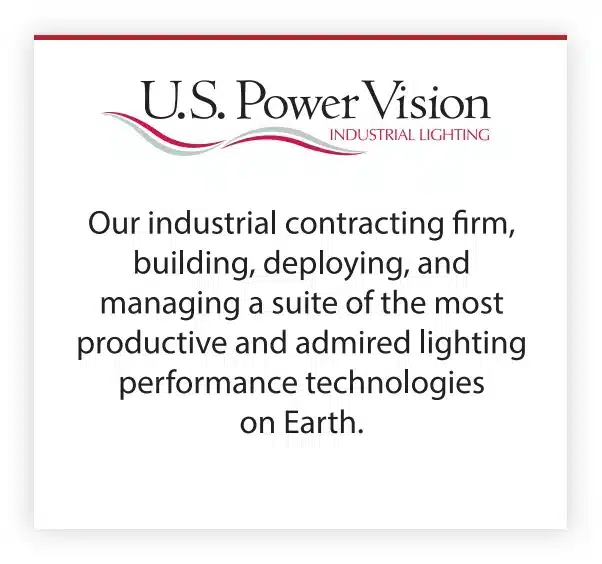Dear Reader:
Control and distribution of the light emitted from a light fixture can be accomplished through use of a lens, and there are attributes specific to each type of material available, and its surface texture, that the Facility Manager may want to consider.
Acrylic and polycarbonate are the most popular materials used for this purpose. Both are plastic, and serve to diffuse light, reduce glare, and perhaps add an aesthetic element to what would otherwise be ‘raw’ light emissions from the fixture.
Each is strong and lightweight, and represents a relatively inexpensive add to the fixture’s overall cost.
Acrylic. A scratch resistant material, acrylic offers good durability when extreme conditions – moisture or heat – are not found within the environment in which the fixture is to be hung. Acrylic is UV resistant, making it an ideal choice where wall or skylight daylighting is to be harvested by the fixture (see our writings on Control Strategies), as the material won’t discolor with time.
Polycarbonate. Where more demanding applications exist, polycarbonate is generally the better choice, including those where impact resistance is a necessary attribute. Polycarbonate is both moisture and heat resistant, and as-such lends itself nicely to food preparation or foundry environments where one or the other conditions exist. See Polycarbonate Seen as Top Choice for LED Lighting found in a back issue of Tech Briefs magazine.
Texture selection is also important. Lumen output can be optimized with a clear, smooth lens of course, but glare can be harsh when this option is selected.
The better choice might be a diffused lens that provides a uniform light distribution with no evidence of the light source, or perhaps a textured lens designed to direct light downward in a particular distribution pattern (warehouse aisle lighting, etc.). Either of these approaches will accomplish its mission, but both have the effect of slightly reducing the fixtures lumen output (<10%).
Remember, it’s not uncommon for an LED fixture to last ten years or more, so the length-of-life of its lens is perhaps more important that it once was. In that vein, you’ll want to make sure you provide the manufacturer with Material Safety Data Sheets of any cutting oil or cleaning solutions the fixture will be ‘living’ with, as you would not want to negate a fixture’s warranty with a non-compatible agent coming into contact with the lens.






